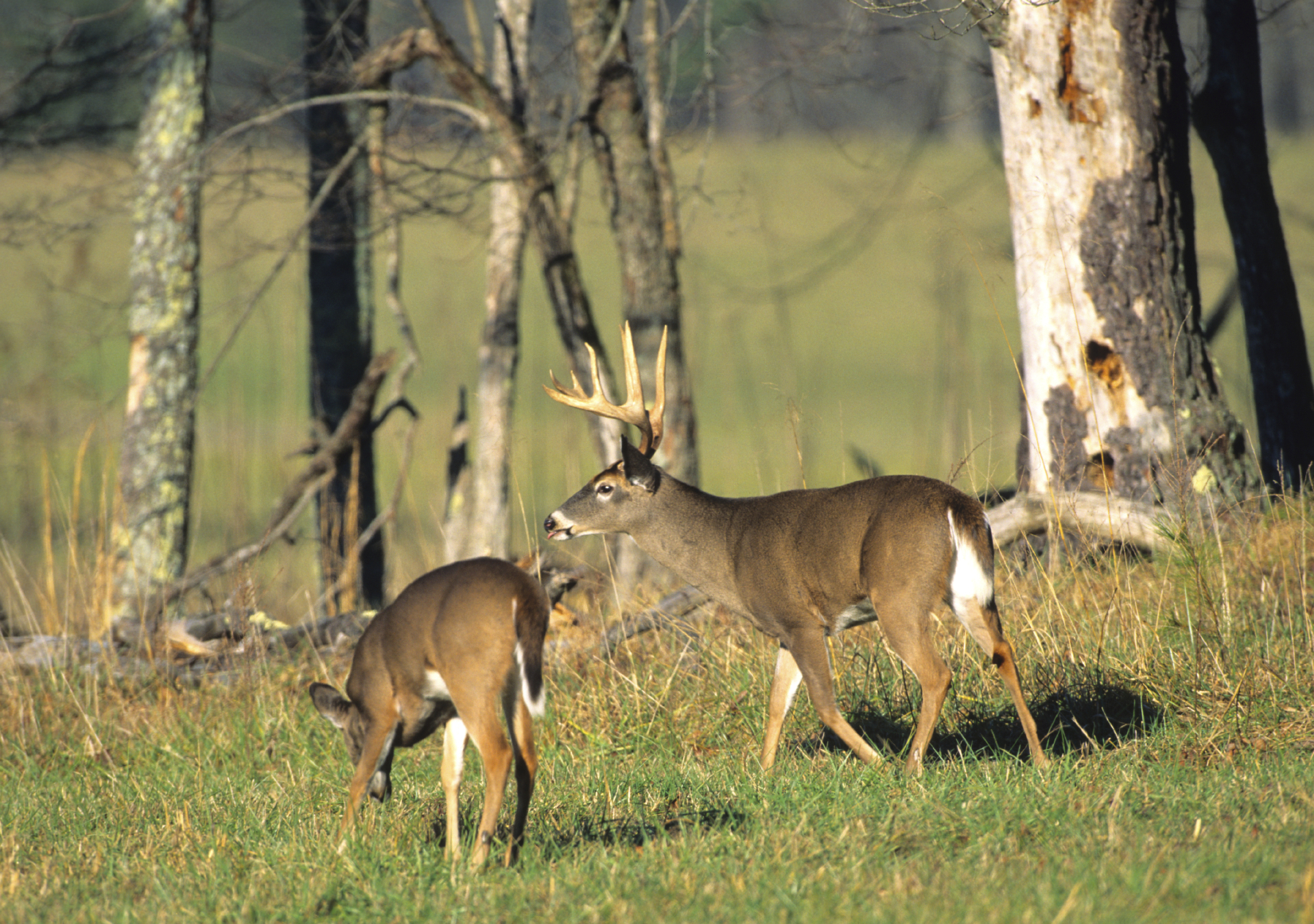Forestry & Wildlife

Many hunters and landowners invest thousands of dollars and a great deal of time each year managing deer but forget the most essential part of any QDM program, which is collecting data from harvested deer. This data helps deer managers make decisions about how to better manage their deer populations.
Many hunters and hunt clubs practice quality deer management (QDM) on their properties; however, the level of involvement in QDM varies, and the level of QDM and techniques used varies by property based on the hunter, landowner, or hunting club’s goals. Some clubs impose antler restrictions of various kinds, while others focus on doe harvest, food plots, camera surveys, habitat management, or a combination of these. All of these activities are an important part of taking an active role in managing and potentially improving local deer populations. But how do you know if it’s working?
Surprisingly, many hunters and hunt clubs do not know whether their QDM program is working. While some hunters may think or feel that their deer herd is doing better, wouldn’t it be worthwhile to know if the investment in habitat improvement and harvest management is paying off? Many hunters and landowners invest thousands of dollars and a great deal of time each year managing deer but forget the most essential part of any QDM program, which is collecting data from harvested deer. This data helps deer managers make decisions about how to better manage their deer populations.
There are a number of techniques for gathering information about local deer herds, including trail cameras, spotlight surveys, hunter observations, drive counts, pellet counts, browse surveys, and harvest data. Information from any of these sources can be helpful in understanding the health of local deer herds; however, harvest data should be a mandatory part of any QDM plan. For example, density is difficult to measure accurately and changes constantly throughout the year and from year to year, and density is not always a good indicator of herd condition. Many other factors, such as soils and habitat quality, play an important role in determining deer health at any given density. Data must be collected directly from animals to best assess herd condition, and collecting and analyzing harvest data is the most simple and convenient way to accomplish this. Success in deer management partly depends on the data collected and the use of that data to make adjustments to your QDM program.
Learn more in the complete publication, Managing White-tailed Deer Collecting Data from Harvested Deer, ANR-1412.
For questions about accessibility or to request accommodations, contact Extension Communications and Marketing at 334-844-5696 or extcomm@aces.edu.
 Revised by Mark Smith, Professor, Forestry, Wildlife and Environment, Auburn University. Originally written by Stephanie K. Irvin, former Graduate Research Assistant, Stephen S. Ditchkoff, Professor, and Mark Smith, Professor, all in Forestry, Wildlife, and Environment, Auburn University
Revised by Mark Smith, Professor, Forestry, Wildlife and Environment, Auburn University. Originally written by Stephanie K. Irvin, former Graduate Research Assistant, Stephen S. Ditchkoff, Professor, and Mark Smith, Professor, all in Forestry, Wildlife, and Environment, Auburn University
Revised July 2022, Managing White-tailed Deer Collecting Data from Harvested Deer, ANR-1412

